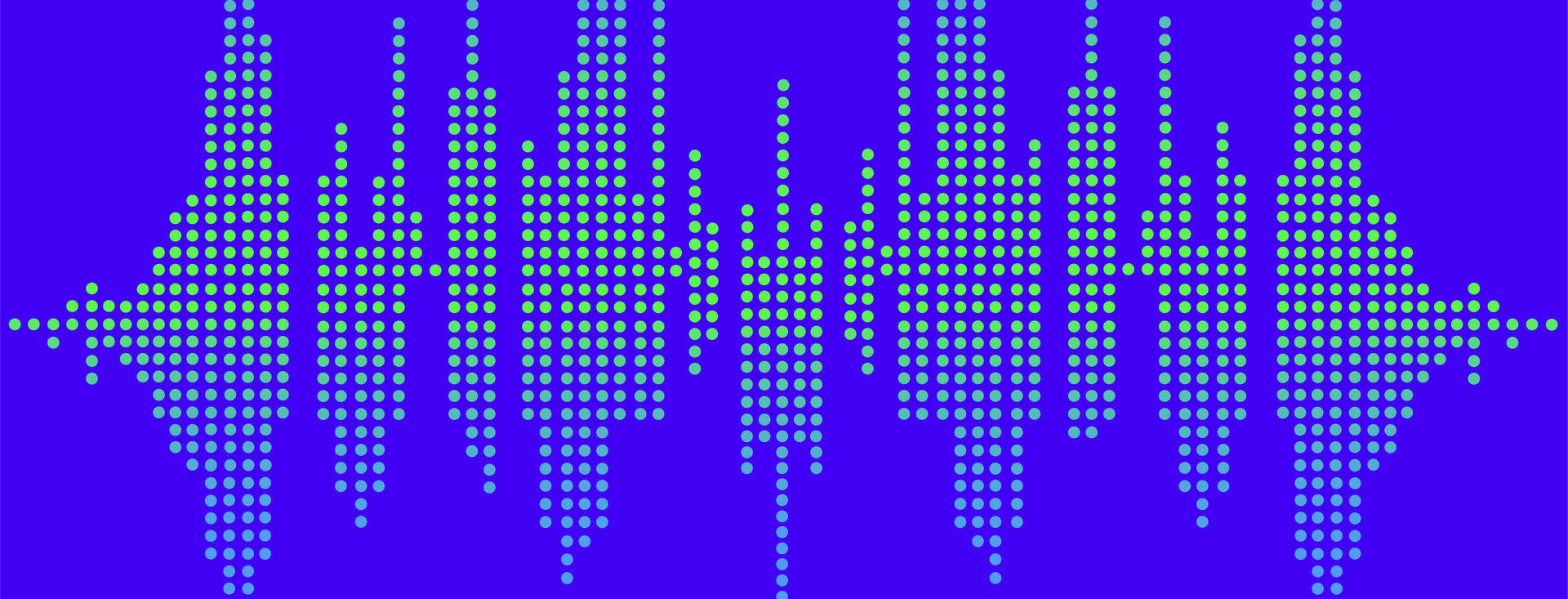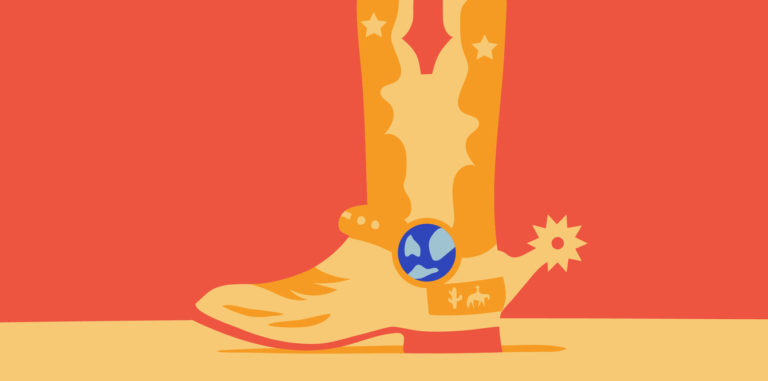
11 Dance/Electronic Subgenres Heating Up This Summer
Dance and electronic music is known for its power to unite fans from across the globe, but real aficionados agree that there’s no one way to blend the many styles, sounds, and artists that make up the expansive and ever-evolving genre.
“The electronic music genre umbrella has to be the largest musical classification. It’s crazy how so many descriptors were accepted throughout its evolution,” says Spotify Dance editor Austin Kramer. “House, rave, club, EDM, dance, electronic are all part of the culture. The semantics all dissolve to one thing: how it makes you feel.” He praises Tomorrowland, which just wrapped two epic weekends, as an example of a popular festival that truly embraces “the diversity of dance music.”
According to Kramer, Tomorrowland hosts more breakout artists than many similar, large-scale festivals. But whether you nabbed a ticket to Belgium or not, there’s still a way to discover and connect with these new and rising artists.
If you’re a dance fan, you probably follow Spotify’s flagship playlist, Mint. Still, you might not know about Spotify’s many dance and electronic subgenre playlists, which house a veritable treasure trove of emerging (and established) artists within bass, indie, techno, and more.
According to diehard fans and experts like Kramer, there’s simply “no way to classify” the many subgenres (and sub-subgenres, and sub-sub-subgenres) that make up the growing dance/electronic/club scene. But while it’s impossible to neatly categorize, it is possible to explore the genre’s limits via Spotify.
Check out our Mint playlist right here, and then learn more about some of our other favorite styles below.
Featuring fast kicks, cymbal smacking, wobble leads, and noted Jamaican dub and reggae influences, Drum & Bass grew from the rave and jungle scenes of Britain in the early 1990s.
Future House is a subgenre that fuses electro/deep house with meaty bass lines. It can bounce and build.
Trap blends hip-hop production (hats, kicks, vocal cuts) with bass drops and large-room effects in halftime.
House originated in Chicago post-disco by mixing funk/soul samples on top of electronic synths/instruments and drum machines (though it now varies in style and influence). House can be seen as the style of music and its variations, but also as a movement and philosophy of unity and love, and the stem of dance music culture today.
Indie Dance/Electronic is a subgenre that fuses rock and electronic. Styles include synth pop, alternative dance, future bass and nu disco.
Characterized by its use of melody, Trance was another early style that’s been evolving for decades. Soaring builds, anthemic, uplifting, hard-hitting chords; a true culture in itself.
Techno is defined by repetitive instrumentals and futuristic themes, ranging from delicate melodic soundscapes to throbbing industrial beats.
Melodic Bass incorporates intense bass lines, colorful melodic builds, and airy drops.
Tech House fuses the minimalistic characteristics of techno with the swing of house.
Afro House/ Soulful House blends African music with house beats.
Fast and hard, Hardstyle is a subgenre that combines distorted leads, euphoric melodies, and face-melting kick drums.
Subscribe to Spotify’s dance playlists to stay updated on the latest and greatest in electronic music.






